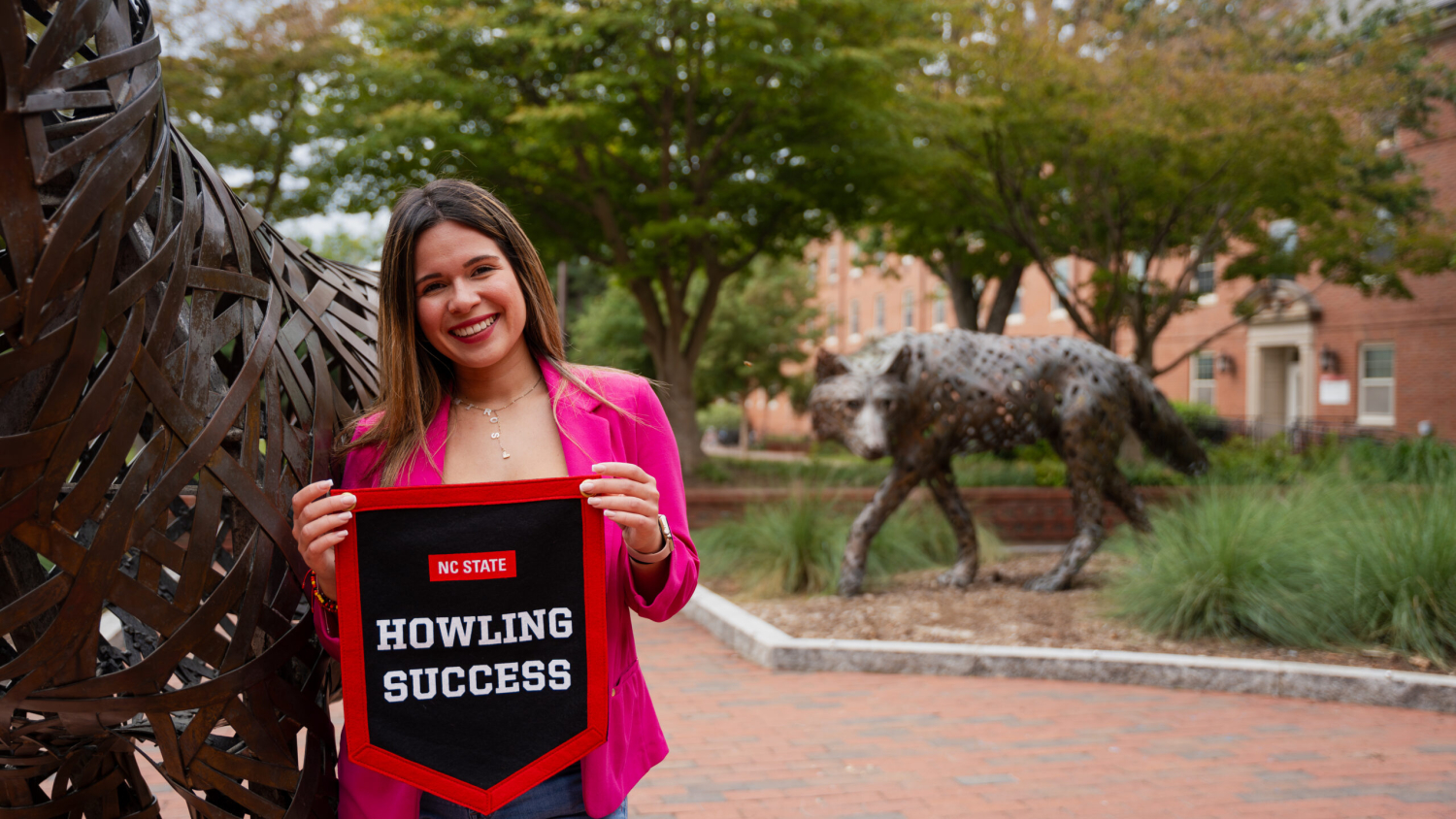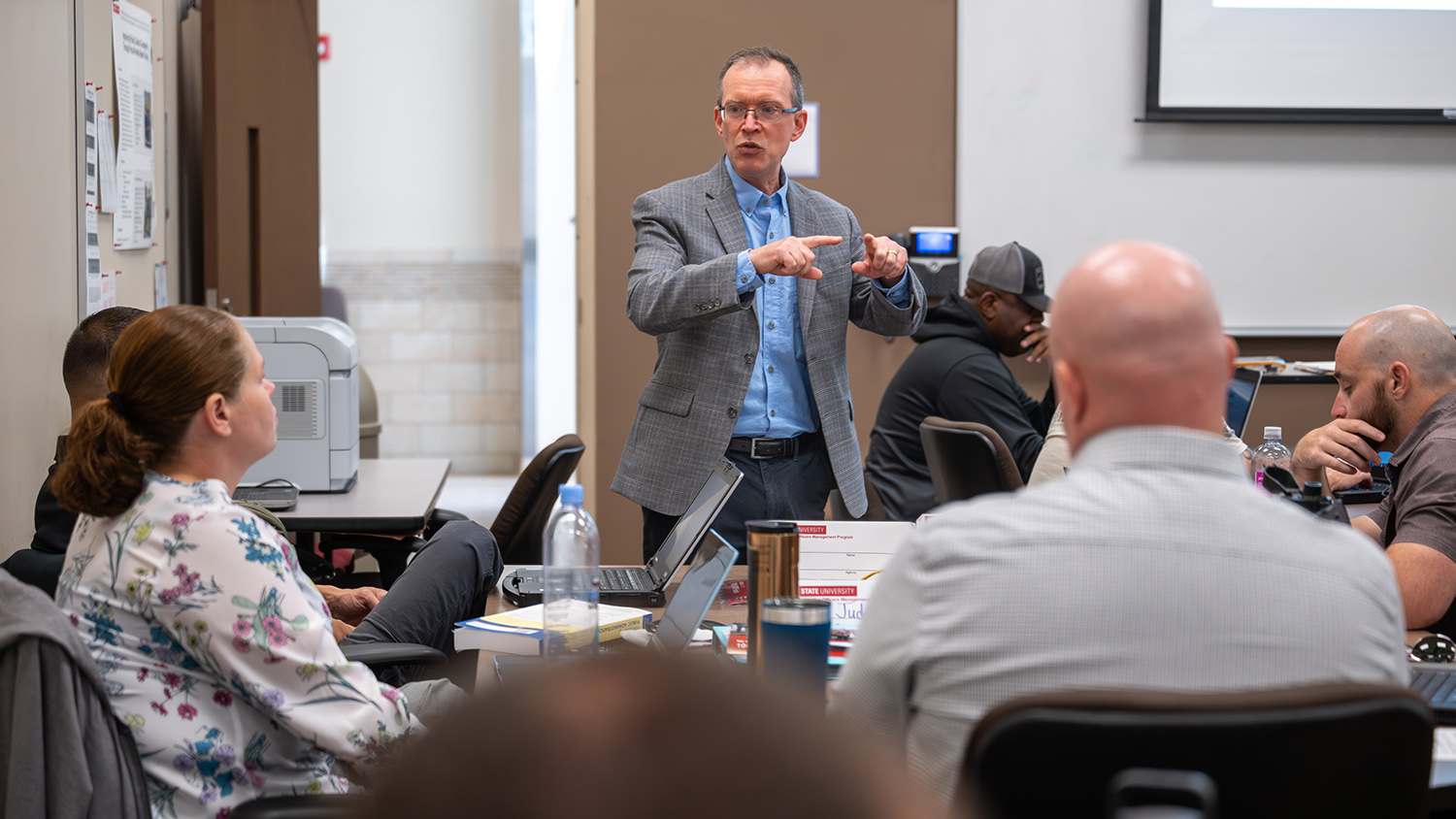Twitter: A More Timely Way to Measure Neighborhood Trends?

A neighborhood’s demographic and socioeconomic profile often changes over time.
Those community shifts can be fueled by a variety of factors, including gentrification — when higher-income households displace lower-income residents, ultimately transforming the character of an older neighborhood.
Researchers have historically measured gentrification through the U.S. Census and other official tallies. However because the Census operates on a 10-year cycle, some changes may not be apparent in the data until long after they have occurred.

NC State doctoral student Desiree Dighton thinks social media may provide a more timely observation of gentrification. On Twitter, for instance, she said the conversation is constant and ongoing.
“Here in Raleigh, where the population is growing so rapidly, gentrification is something that’s on a lot of residents’ minds,” Dighton said. “It’s part of a global phenomenon.”
Dighton, who recently completed her first year in the Communication, Rhetoric and Digital Media program, is exploring her idea further this month at “Space and Place in Africana/Black Studies,” a summer institute for advanced topics in the digital humanities.
The institute, hosted at Purdue University by the National Endowment for the Humanities/Office of Digital Humanities, is designed to help researchers use geospatial technologies to enhance their study of Africana/Black Studies. In addition to participating in workshops and trainings, each of the institute’s 20 scholars select projects related to the “space and place” theme. They’ll work on the projects for the next year at their home institutions before presenting the work at Hamilton College in Upstate New York in April 2017.
For her project, Dighton is harvesting and analyzing tweets related to gentrification using the Social Media Archives Toolkit developed by NCSU Libraries. She wants to study the patterns of discussion of neighborhood inequality emerging on Twitter, both globally and locally, and to question how those discussions connect back and perhaps influence the changes in built environments and lived experiences in specific locations, like Raleigh.
To date, Dighton has collected about 250,000 tweets with the hashtag “gentrification” over a 12-week span. She expects to continue harvesting tweets for at least a year. At the institute, she’s begun to map the tweets using GIS software. In subsequent phases, she’ll employ sentiment analysis and topic modeling to gain a more location-based understanding about the specific knowledge of gentrification being created and circulated on Twitter.
“In the CRDM program, we try to think about how technologies are part of socio-technical systems, influencing human behaviors and constructions,” Dighton said. “How are people talking about gentrification on Twitter and does that structure or influence their environments?”
The institute includes workshops on topics in Africana/Black studies and also specific training on geospatial technologies such as ArcGIS mapping software. Dighton said she’ll likely be using such technology to create visualizations of her research.
“There is a criticism of digital humanities that it can be elitist and disproportionately white and male,” Dighton said. “This institute is an effort to illuminate the diverse voices and perspectives of those working in the digital humanities.”


